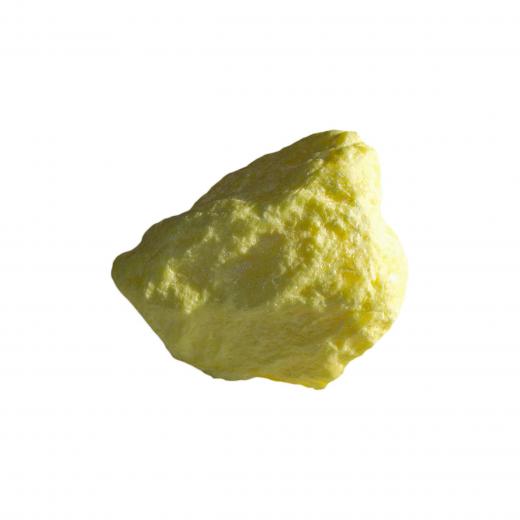What Are the "Big Seven" Moons?
 Michael Anissimov
Michael Anissimov
The "Big Seven" refers to the largest moons in the solar system. The Big Seven are larger than all other moons in the solar system by a significant margin. They are, in descending order of size: Ganymede (Jupiter), Titan (Saturn), Callisto (Jupiter), Io (Jupiter), Luna (Earth), Europa (Jupiter), and Triton (Neptune). They range in diameter from 2707 km to 5262 km. The eighth-largest moon in the solar system is Titania, Uranus' largest moon, with a diameter of 1578 km.
The Big Seven moons are also among the solar system's most interesting moons, from the volcanically active Io, which looks like a pizza covered with sulfur, to Triton, which is believed to be a captured Kuiper belt object. Ganymede is so large it has its own magnetic field, while Titan is the only moon in the solar system with its own atmosphere. Europa is suspected to have large subsurface oceans with conditions that astronomers have long considered suitable for life.

Despite our close familiarity with it, Luna is quite unusual also. From the perspective of the Earth, it almost perfectly covers the disc of the Sun, which is purely a coincidence. Considering the size of the planet it orbits, Luna is immense — a planet of similar size, Mars, has only a couple tiny moons, and Venus and Mercury have none at all. For this reason, among others, it is thought that Luna was formed out of the detritus of a massive impact, where a Mars-size planetoid slammed into the Earth and kicked up huge portions of the crust to form the Moon. Where this planetoid went, nobody knows.

Four of the Big Seven orbit the solar system's largest planet, Jupiter. Originally discovered by Galileo Galilei in 1610 using one of the earliest telescopes, these are called the Galilean moons in his honor. They have been studied and photographed extensively in fly-bys by numerous space probes. Another probe, Juno, is scheduled to visit Jupiter in 2016.
AS FEATURED ON:
AS FEATURED ON:
















Discussion Comments
An interesting fact, there are two moons that are larger than Mercury: Ganymede & Titan.
How many moons does each planet have (2012)?
Post your comments